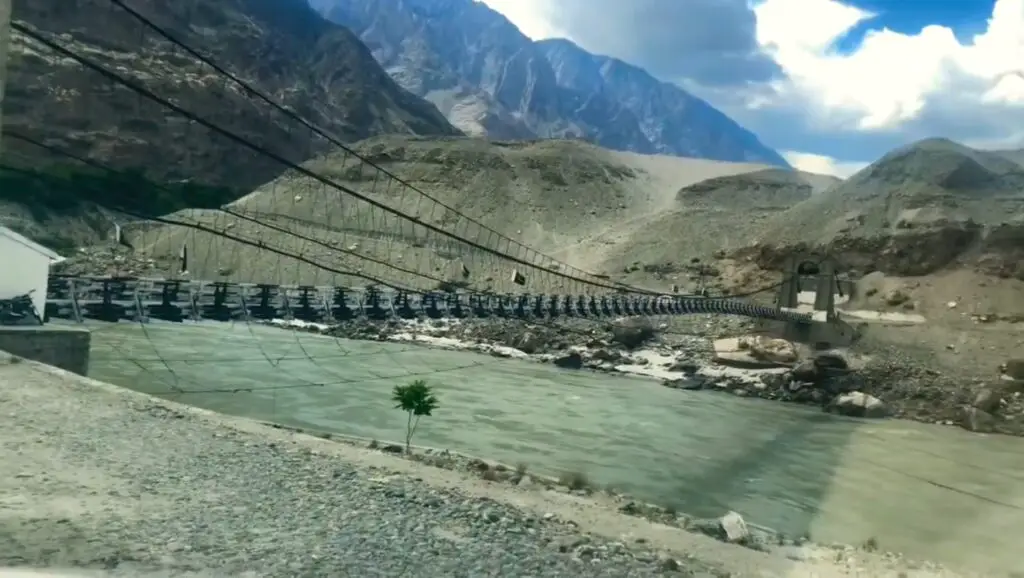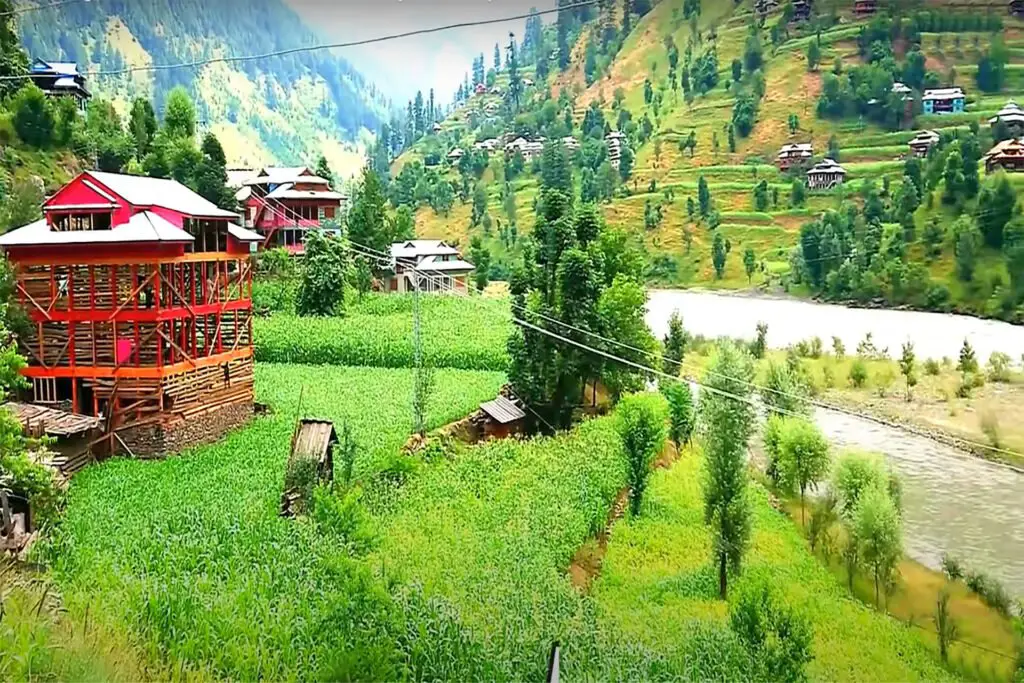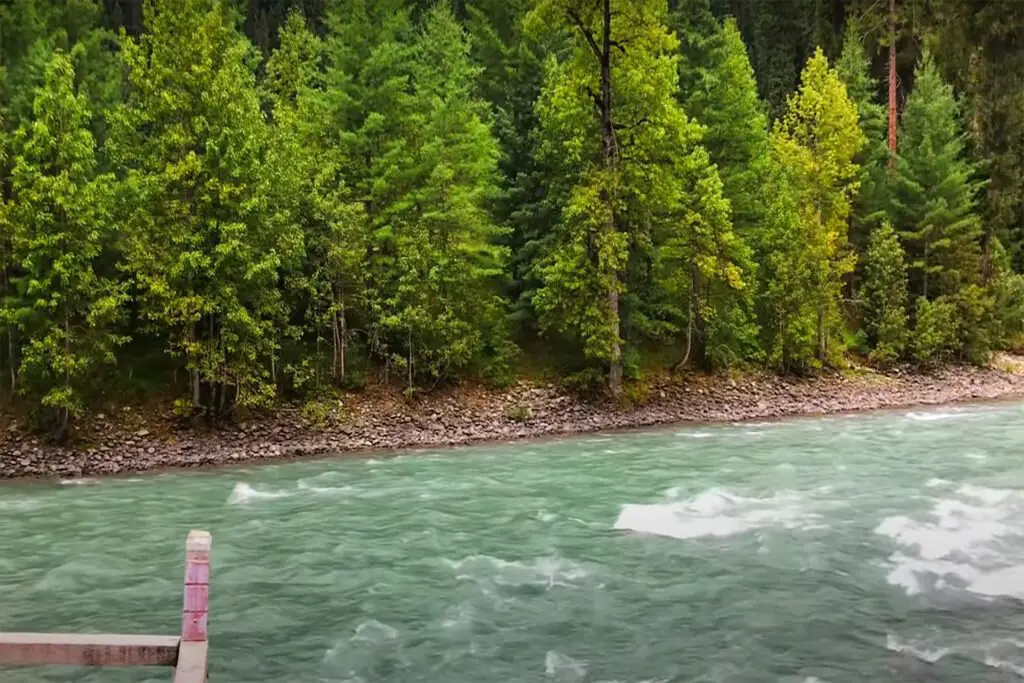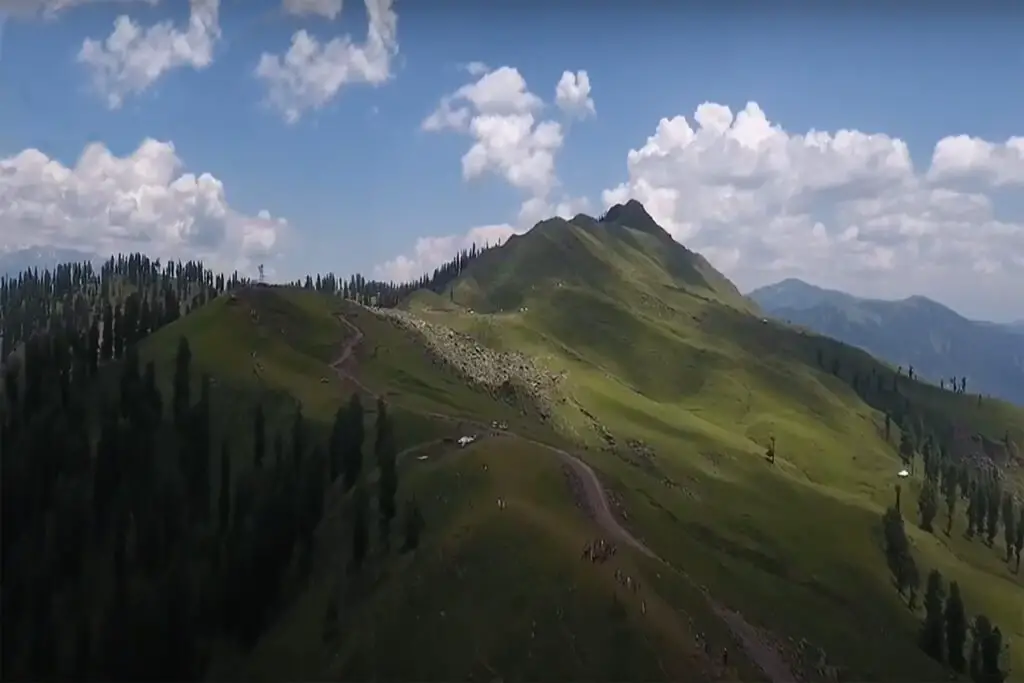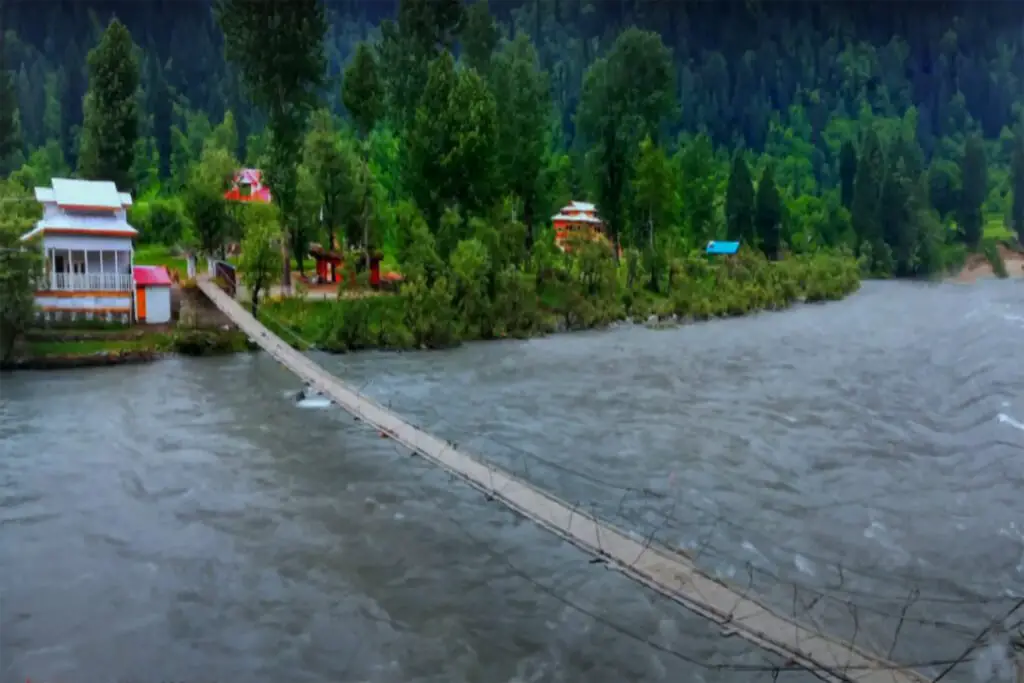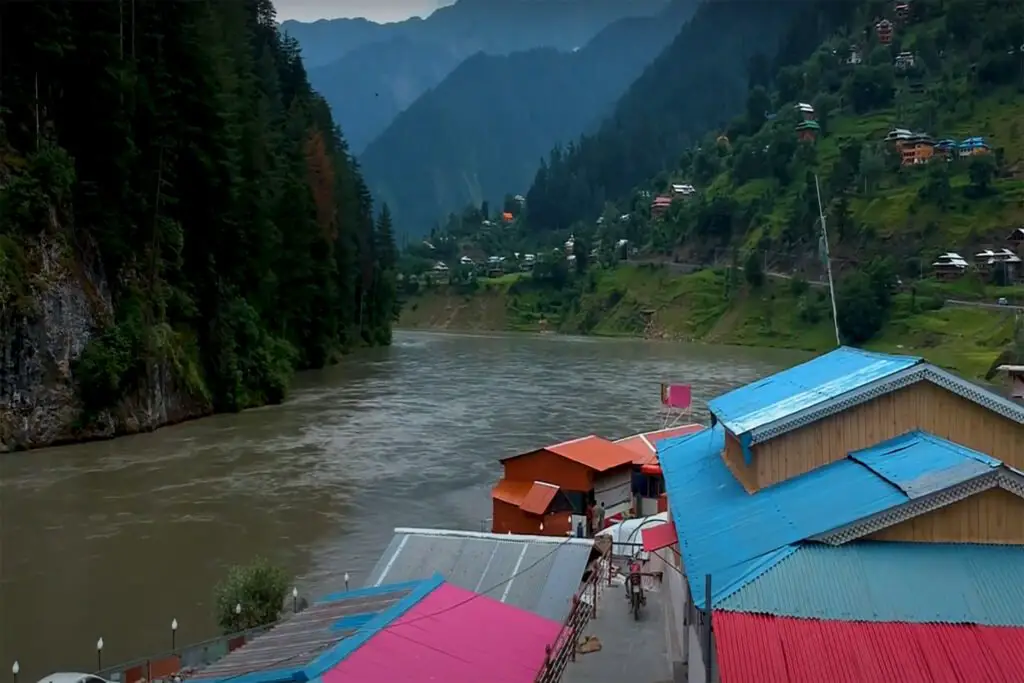The Bunji Bridge, also known as the Indus River Suspension Bridge, is a stunning feat of engineering located in the Gilgit-Baltistan region of Pakistan. Bunji Bridge is one of the longest and highest suspension bridges in the country, spanning across the Indus River in the Bunji village, approximately 600 kilometers north of Islamabad.
Location of Bunji Bridge Gilgit
Bunji Bridge is a historic suspension bridge located in the Gilgit-Baltistan region of Pakistan. It spans the Indus River and connects the towns of Gilgit and Skardu. The bridge was built in 1975 and has since become an iconic landmark in the region, attracting thousands of visitors each year.
Length of Bunji Bridge
The Bunji Bridge is an engineering marvel that was constructed to provide a crucial transportation link between Gilgit and Skardu. The bridge spans a length of 560 meters (1,837 feet) and stands at a height of 70 meters (230 feet) above the Indus River. It was built using modern engineering techniques and is considered to be one of the most impressive suspension bridges in the world.
The Bunji Bridge was built in 2018 as a joint venture between Pakistan and China, and it connects the two banks of the Indus River. The bridge is approximately 660 meters long and stands at a height of 145 meters above the river, making it one of the highest bridges in the world.
The bridge is a marvel of modern engineering, featuring a cable-stayed design with two massive pillars on either side of the river. The bridge is held up by steel cables that are anchored to the pillars, allowing it to support the weight of vehicles and pedestrians that cross over it. The bridge has a capacity of 40 tons and can accommodate up to 1,000 people at a time.
The construction of the Bunji Bridge was a significant undertaking, given the remote location and challenging terrain. The construction team had to overcome several obstacles, including difficult weather conditions, rugged terrain, and a shortage of skilled labor. Despite these challenges, the bridge was completed in a record time of three years, and it has become a symbol of Pakistan’s commitment to modern infrastructure development.
The bridge was built to replace an older bridge that had been washed away by floods. The construction of the Bunji Bridge was a challenging task, as the site was located in a remote and mountainous region, with difficult terrain and extreme weather conditions. The bridge was designed by the renowned engineer Dr. Mahbub-ul-Haq.
The Bunji Bridge is not only an engineering marvel but also a popular tourist destination. The bridge offers spectacular views of the Indus River and the surrounding mountains, making it a popular spot for photography and sightseeing. Visitors can walk across the bridge and take in the stunning scenery, or they can take a boat ride on the Indus River to get a closer look at the bridge and the surrounding landscape.
The Bunji Bridge is not only an engineering marvel but also a popular tourist destination. The bridge offers spectacular views of the Indus River and the surrounding mountains, making it a popular spot for photography and sightseeing. Visitors can walk across the bridge and take in the stunning scenery, or they can take a boat ride on the Indus River to get a closer look at the bridge and the surrounding landscape.
The Bunji Bridge has become a popular tourist attraction in the region, attracting visitors from all over the world who come to marvel at its stunning beauty and impressive engineering. The bridge offers breathtaking views of the Indus River and the surrounding mountain landscape, and it is a popular spot for photography and sightseeing.
The bridge has also had a significant impact on the local economy, providing easier access to the remote areas of Gilgit-Baltistan and facilitating trade and commerce between Pakistan and China. The Bunji Bridge has opened up new opportunities for business and tourism in the region, and it is expected to play a crucial role in the development of the area in the coming years.
The Bunji Bridge is also an important part of the region’s history and culture. It has played a significant role in connecting the people of Gilgit and Skardu, who are from different cultural backgrounds and speak different languages. The bridge has helped to promote trade and commerce between the two towns and has also facilitated the movement of people and goods across the region.
Despite its importance and popularity, the Bunji Bridge has faced several challenges over the years. The bridge has been damaged by floods and earthquakes, and there have been concerns about its safety and maintenance. However, the Government of Pakistan has taken steps to ensure that the bridge is properly maintained and remains a safe and reliable transportation link for the region.
In conclusion, the Bunji Bridge is a remarkable feat of engineering that has become an iconic landmark in the Gilgit-Baltistan region of Pakistan. It is a testament to the ingenuity and creativity of human beings and is a symbol of the region’s cultural and historical heritage. Whether you’re a history buff, an engineering enthusiast, or simply a nature lover, the Bunji Bridge is a must-visit destination that offers a unique and unforgettable experience.

